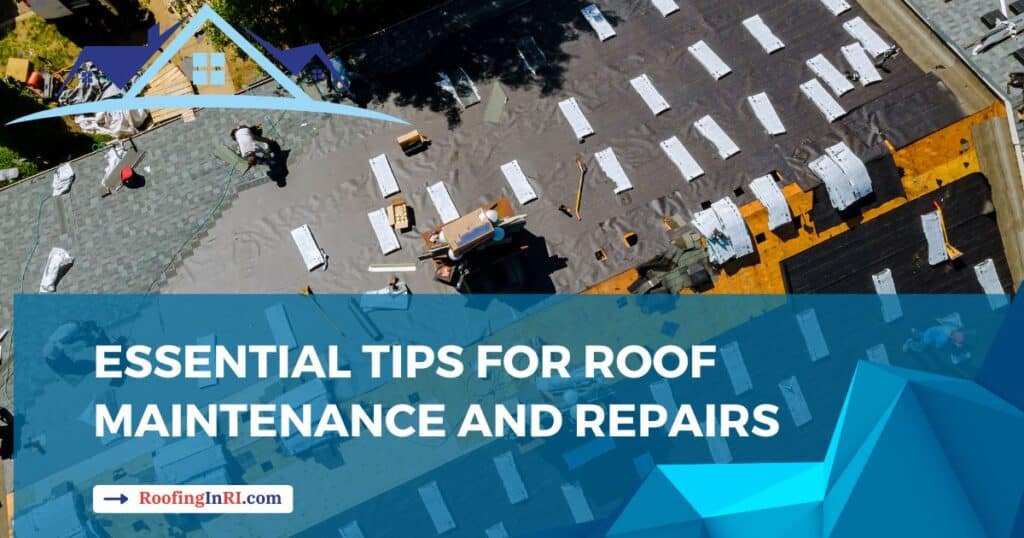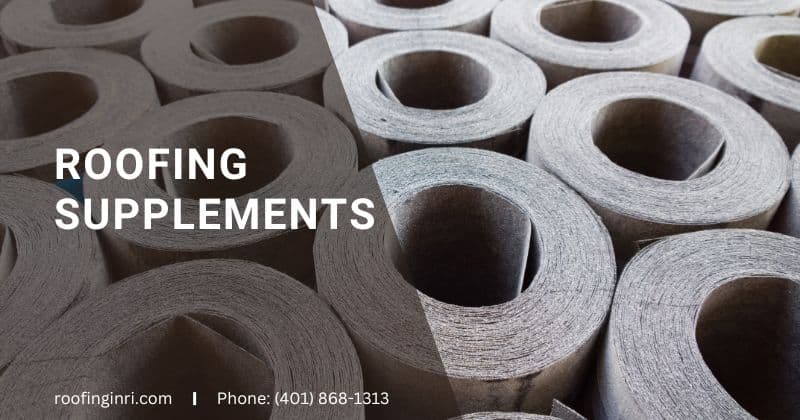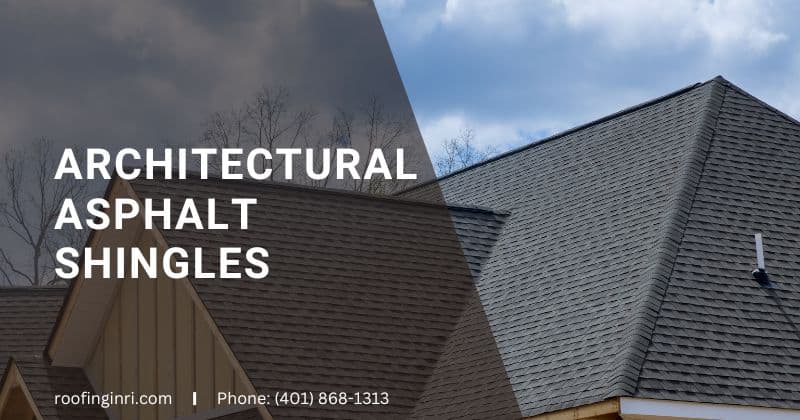Homeownership involves safeguarding and enhancing its value, with roof maintenance pivotal. This comprehensive guide, built on expert insights, unfolds ten essential tips to empower you to navigate the intricacies of roof care confidently.
Let’s get started.
Cleaning your roofing shingles

Cleaning roof shingles with bleach is a common and effective method for removing algae, moss, and mildew. The process involves:
- Mixing chlorine bleach with water.
- Applying the solution to the shingles.
- Allowing dwell time.
- Thorough rinsing.
Gently scrubbing stubborn stains is an option, followed by proper disposal of runoff. Post-cleaning care involves applying zinc or copper sulfate to prevent future growth. This method requires careful adherence to safety guidelines, especially for roofs sensitive to bleach.
There are two other ways to clean shingles. You can learn more details in the following link.
Repairing your roof flashing
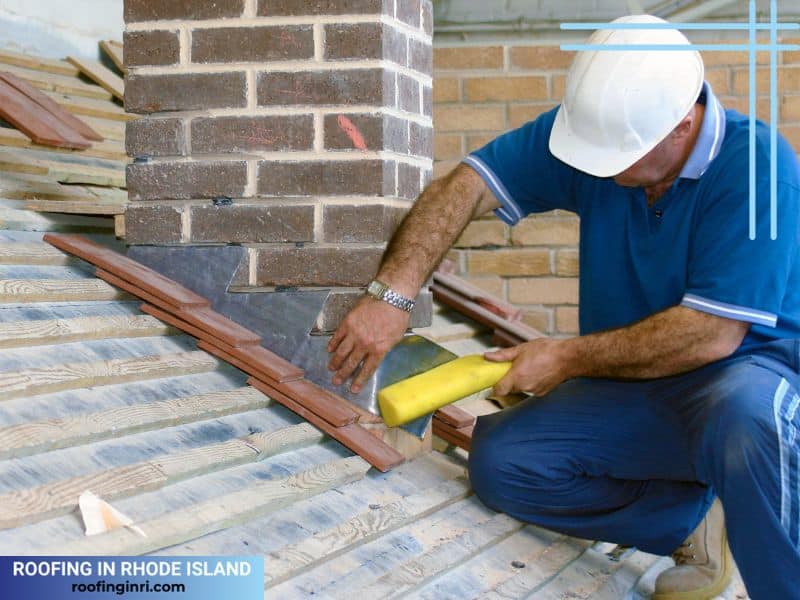
Repairing roof flashing involves a systematic process. To install new copper flashing:
- Begin by delicately removing shingles around the damaged area, not harming adjacent shingles.
- Address minor issues like rust or punctures using a wire brush and patching material.
- Remove fastening materials securing the damaged flashing, allowing for careful removal.
- Install the new flashing, ensuring a precise fit, and secure it firmly with appropriate fasteners.
- Reinstall the initially removed shingles, using roofing nails and ensuring they overlap the flashing for a watertight barrier.
To learn more about repairing roof flashing, read the following link.
Removing mold from roof shingles
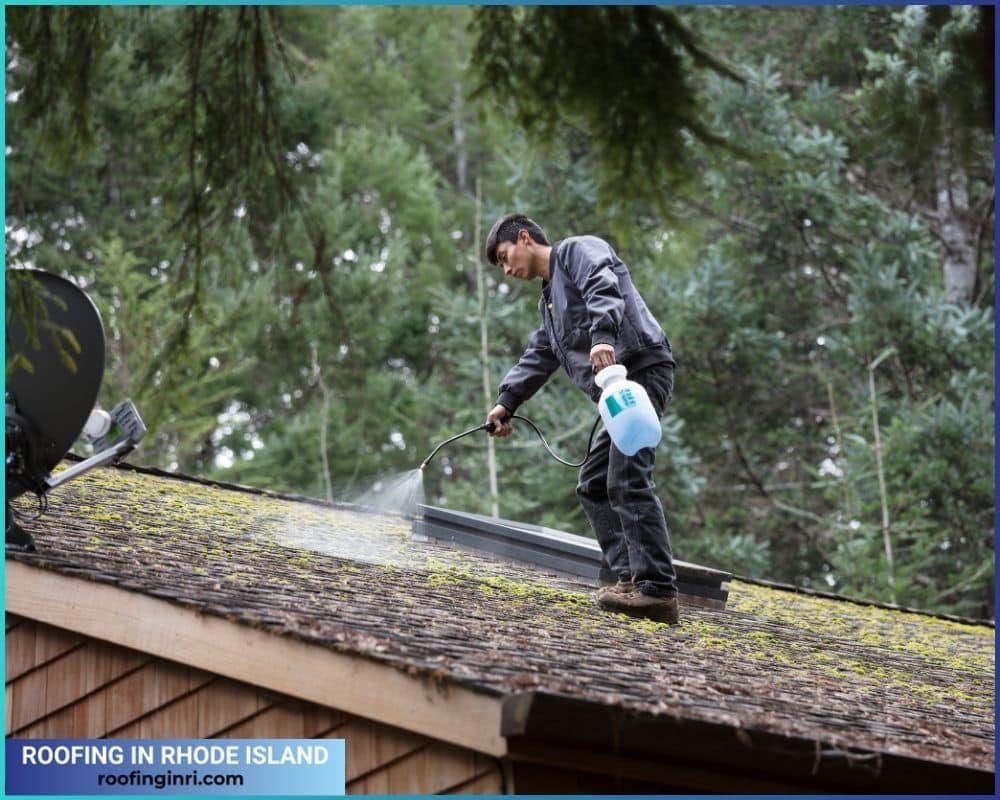
For a successful DIY mold removal from roof shingles, prioritize safety first. Gather protective clothing, a stable ladder, and necessary cleaning supplies, including a mold remover, stiff brush, and garden hose.
Assess the mold infestation to tailor your approach – whether it’s a small, localized area or widespread across the roof. Begin with dry brushing to remove loose mold, working methodically from top to bottom.
Choose an eco-friendly mold remover designed for roof shingles and follow the product instructions meticulously. Generously apply the mold remover, allowing it to sit for 10 to 15 minutes and break down the mold.
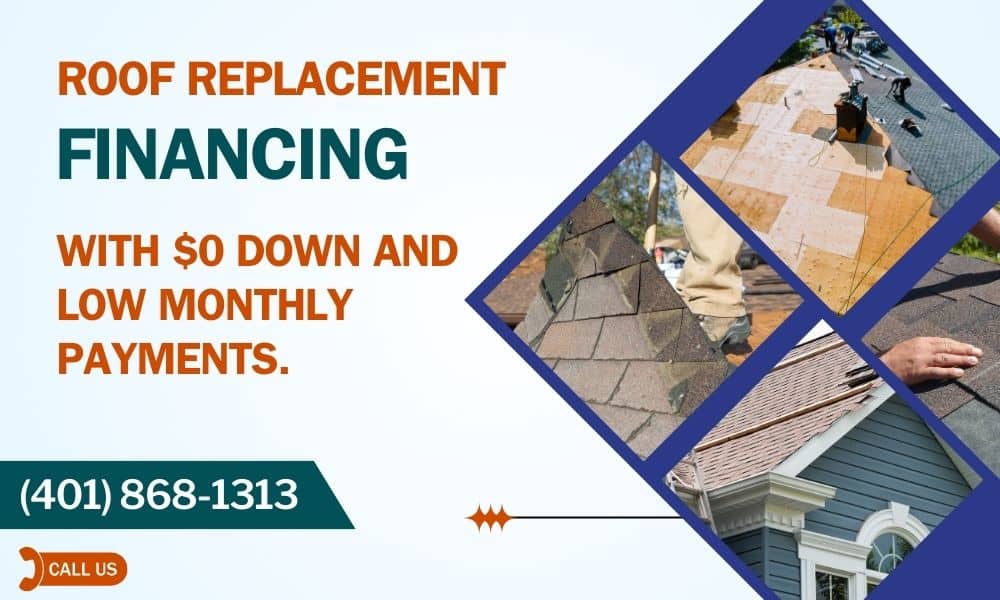
Armed with a stiff brush, vigorously scrub the shingles, focusing on stubborn areas with a circular motion. Rinse the roof thoroughly, starting from the top and working down. Assess cleanliness and repeat the process if necessary.
Prevent future mold growth by applying a mold inhibitor as a protective coating. Inspect the roof for damaged shingles during the cleaning process and promptly repair or replace them.
Read another post in the link below for more detailed instructions and related information.
How to remove mold from roof shingles?
Understanding outdoor mold: Is it a threat to your home?

The dangers of mold in homes encompass various aspects that pose risks to health and property. Mold spores, potent allergens, can lead to symptoms like sneezing, coughing, and respiratory discomfort, potentially aggravating existing conditions.
Prolonged exposure may contribute to respiratory problems, including asthma. Mold’s destructive impact extends to structural damage, particularly on wood, drywall, and porous surfaces, potentially resulting in extensive and costly repairs. Hidden mold in hard-to-reach areas can harm indoor air quality, causing respiratory problems for occupants.
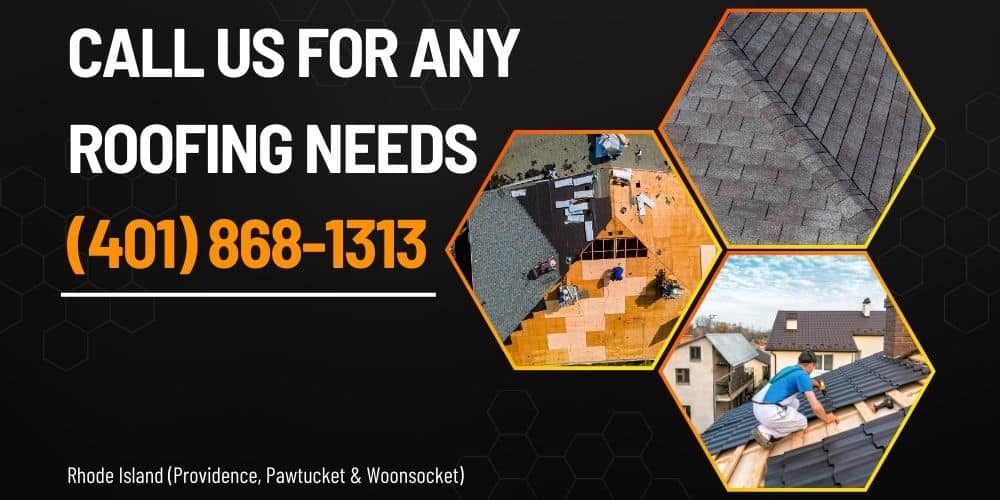
The unpleasant odor accompanying mold affects living spaces and indicates potential health issues.
Property devaluation is a significant concern as mold problems can deter potential buyers due to health risks and repair expenses.
Insurance challenges may arise as specific policies might not cover mold damage, emphasizing the importance of preventive measures and understanding coverage.
To prevent mold growth and learn in-depth, read another post in the link below.
Is mold outside of the house dangerous?
Skylight insulation: keeping your home cozy and energy-efficient

Skylight insulation is not just an additional layer; it’s a protective shield, strategically defending your home against temperature fluctuations. This meticulous approach ensures skylights remain efficient portals of natural light without compromising your home’s comfort and energy efficiency.
Challenges in skylight insulation include:
- Addressing heat loss and gain.
- Condensation concerns.
- Potential leaks during heavy rain.
- Maintaining proper ventilation.
Expert solutions involve discerning material selection, meticulous installation techniques, and adequate ventilation strategies to create a resilient barrier against thermal fluctuations and moisture intrusion.
Skylight insulation costs vary based on insulation materials, labor costs, skylight type and size, weatherproofing materials, project complexity, local labor rates, and energy efficiency upgrades.
You can learn more about the complete guidelines in the following link.
A guide to skylight insulation
Choosing the suitable materials for flat roofs
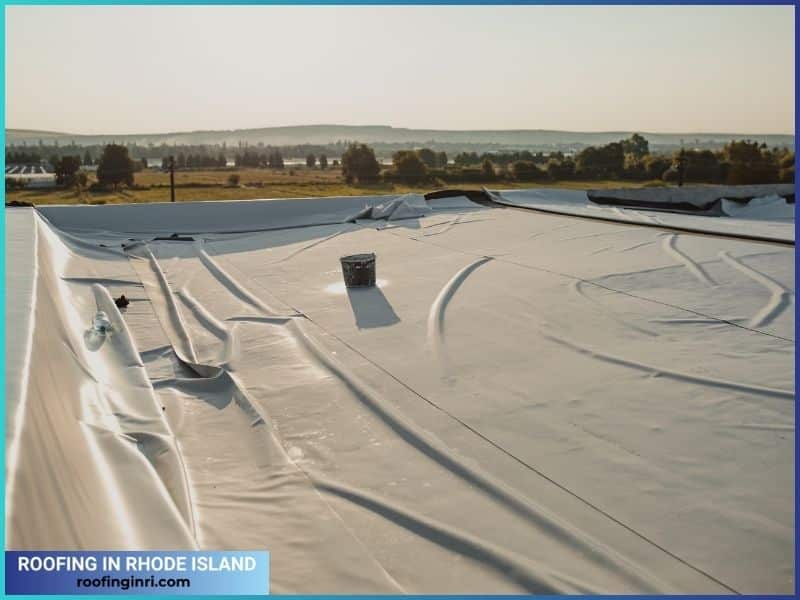
In addressing the common issue of water pooling in flat roofing, we emphasize the importance of choosing suitable materials. Here are some of the best flat roof materials.
EPDM: It’s a durable and UV-resistant synthetic rubber roofing membrane that offers flexibility, elasticity, and easy flat roof installation. Low maintenance, energy efficiency, cost-effectiveness, and recyclability make it eco-friendly. EPDM is also compatible with various insulation materials, contributing to overall energy efficiency.
TPO: TPO roofing membranes, with polypropylene and ethylene-propylene rubber, offer a flexible and durable solution for flat roofs. Available in various colors and incredibly reflective white, TPO enhances energy efficiency by reducing heat absorption. Its straightforward installation and resilience against UV radiation, ozone, and chemicals ensure overall integrity.

PVC: PVC roofing membranes, consisting of two layers of PVC material with a layer of polyester reinforcement, are recognized for durability, chemical resistance, and reflective properties. It adapts to building movements and comes in various colors, with white offering high reflectivity.
Standing Seam Metal Roof: They are a popular and durable option known for distinctive vertical seams. Standing seam roofs are made from steel, aluminum, or copper, comprising metal panels with raised seams. Characterized by weather resistance, effective water shedding, longevity, low maintenance, and energy efficiency, standing seam metal roofs are suitable for various architectural styles.
You can learn more details about them in the link below.
Roofing materials for flat roofs.
Ventilation strategies: active vs. Passive systems
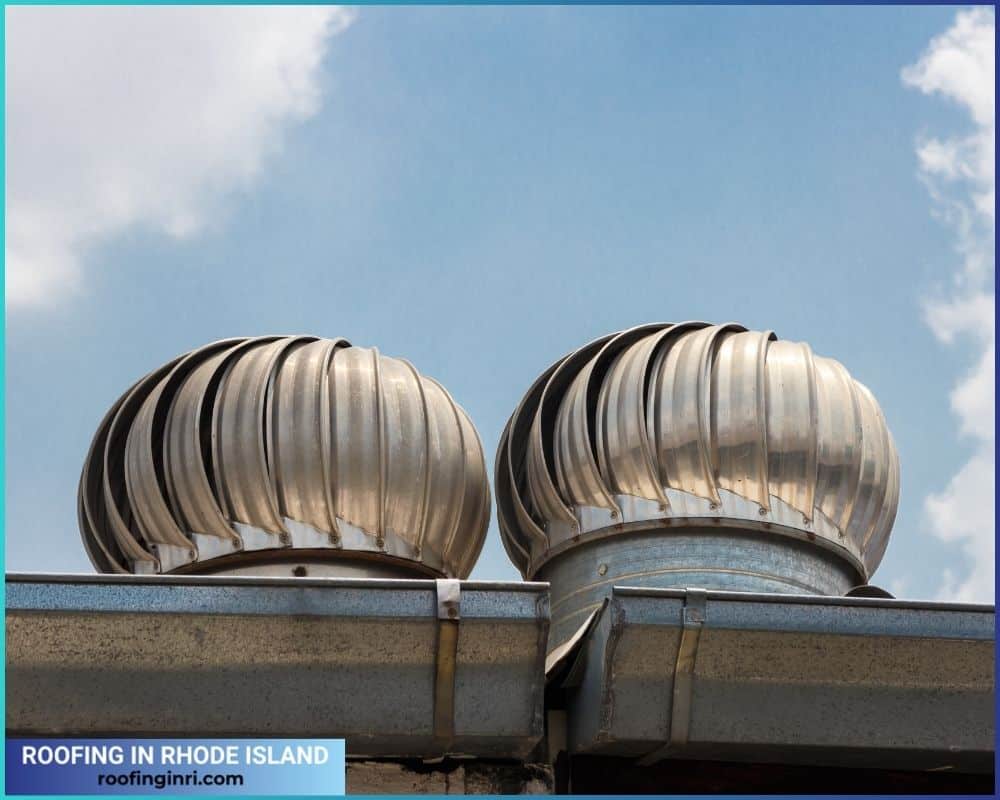
Roof ventilation is crucial for airflow and has multiple benefits:
- Controlling moisture to prevent mold and water issues.
- Regulating temperature for energy efficiency.
- Extending roof lifespan by minimizing deterioration.
- Enhancing indoor air quality.
- Preventing ice dams through temperature regulation during snowmelt and refreezing cycles.
Active ventilation employs mechanical systems like fans or blowers to move air, known as mechanical ventilation. Examples include:
- Electric-powered attic fans.
- Wind-driven turbine vents.
- Roof-mounted exhaust fans.
- Gable-mounted fans.
- Solar-powered ventilation.
These systems offer benefits such as temperature control, moisture management, enhanced air circulation, improved energy efficiency, prevention of ice dams, extended roof lifespan, customizable solutions, and quick ventilation.
Passive ventilation relies on natural forces for airflow without mechanical devices, utilizing ridge vents, soffit vents, gable vents, static roof vents, and cupola vents.

Based on wind and convection, these systems provide continuous, quiet, and energy-efficient ventilation without electricity. With fewer moving parts, they are cost-effective, low maintenance, and environmentally friendly, contributing to a more natural and balanced airflow. The choice depends on climate, building design, and specific requirements.
Choosing the ideal ventilation type involves considering factors like climate, roof design, energy efficiency goals, budget constraints, maintenance preferences, and specific ventilation needs. Hot climates may benefit from active ventilation, while cooler climates rely more on passive methods. Combining both may provide a comprehensive solution tailored to each homeowner’s conditions.
You can learn more details in the following link.
Active and passive ventilation – which one is the best for your roof
The pitfalls of installing metal roofs over shingles

Installing metal roofs over existing shingles may seem a cost-saving option, but it poses significant problems. The added weight can exceed the roof structure’s capacity, risking structural damage over time.
Also, ventilation challenges may arise, leading to moisture entrapment between layers, fostering mold growth, and compromising insulation.
The metal roof’s reflective quality diminishes over uneven shingle surfaces. So, you may receive increased utility bills.
Warranty voiding is a concern, as manufacturers often have specific installation guidelines. Trapped moisture between metal and aging shingles can cause corrosion, shortening the metal roof’s lifespan.
Installing over shingles obscures the condition of the roof decking, making it challenging to address issues like rot or damage once the metal roof is in place.
You can learn more details about it in the link below.
The reasons why you should not install metal roofs over shingles
Identifying bad roofing contractors
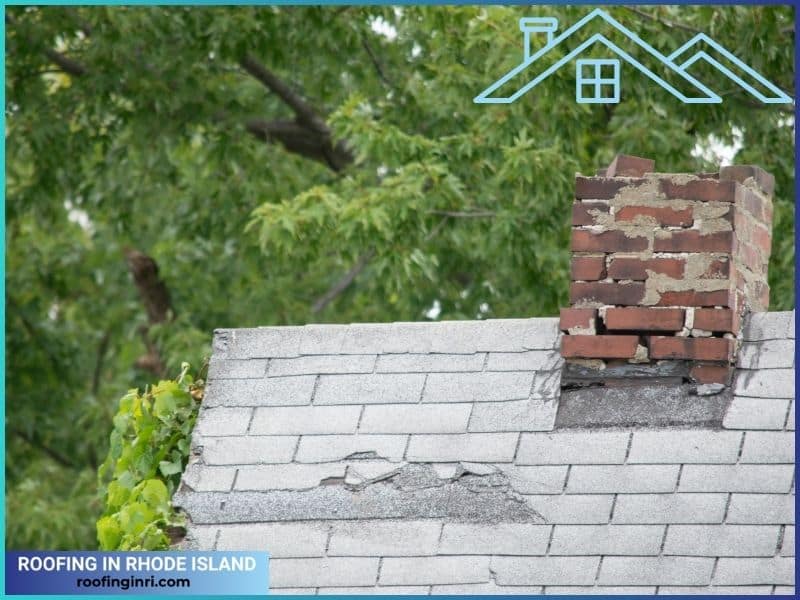
As a homeowner, you occasionally need to hire roofing contractors. However, hiring nonprofessional roofers can cause various issues. Moreover, it can harm more than help in exchange for your money.
But how do you spot them?
Recognizing bad roofing contractors is crucial to avoid costly issues. Signs include lacking proper licensing and insurance, a missing physical business address, poor or nonexistent references, unrealistically low bids signaling subpar quality, absence of a written contract, inadequate communication, pushy sales tactics, incomplete or shoddy workmanship, and an unwillingness to provide written estimates.
Reputable contractors have licenses and insurance, maintain a physical business address, offer references, provide fair estimates, and communicate transparently. Low bids may compromise quality, while pressure sales tactics and unsatisfactory online reviews indicate potential problems. I suggest prioritizing professionals with proven track records and avoiding those exhibiting these warning signs. To learn more details, check another post in the link below.
Top signs of bad roofing contractors
Optimal timing for roof replacement
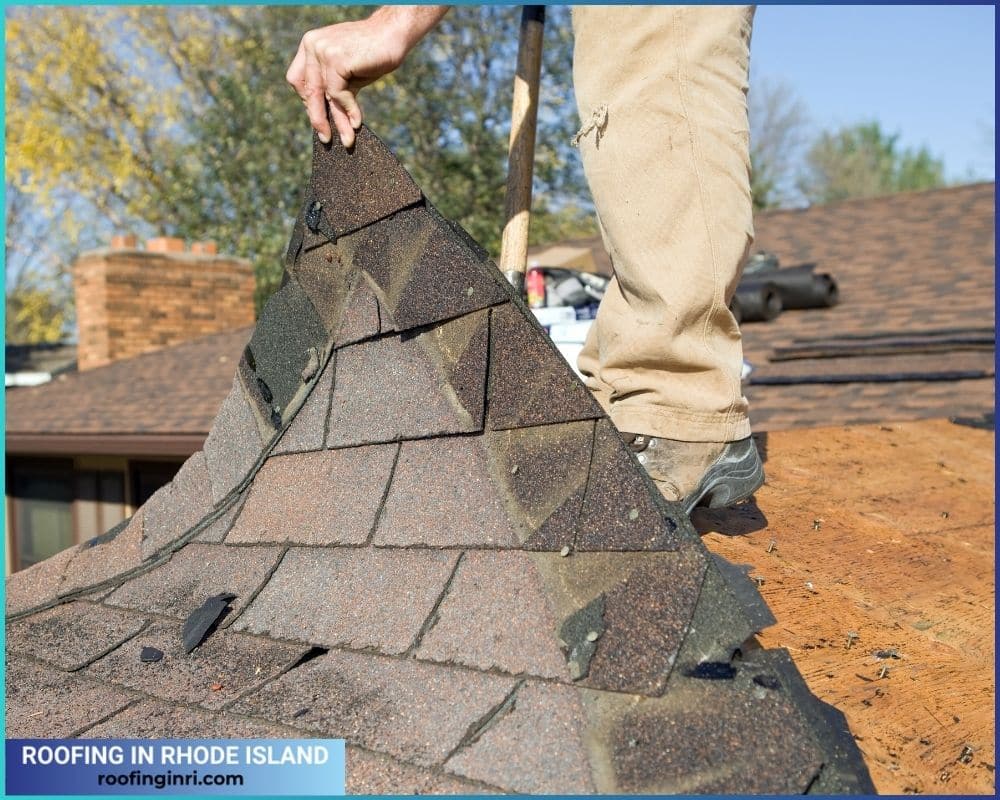
Fall is the optimal season for roof replacement due to stable weather conditions balancing summer and winter extremes.
Contractors may experience decreased demand, potentially leading to more flexible scheduling and lower costs. However, the suitability of Fall depends on factors like homeowner availability, affordability, and contractor schedules.
Roof replacements can occur in any season, each presenting unique advantages and challenges.
Winter poses material challenges but offers quicker availability and lower costs. Spring provides milder temperatures but faces increased demand. Summer offers convenient warm weather and longer workdays but may have higher fees.
Fall stands out for its moderate weather, stable conditions, reduced humidity, and preparation for winter, with advantages including contractor availability and the prevention of winter damage, contributing to an extended roof lifespan.
Read more in-depth discussion in the link below.
When is the best time to replace a roof?
Conclusion
This comprehensive guide offers ten essential tips for effective roof care, covering topics such as cleaning shingles, repairing flashing, removing mold, understanding outdoor mold dangers, skylight insulation, choosing materials for flat roofs, and ventilation strategies.
It emphasizes the pitfalls of installing metal roofs over shingles and identifies signs of bad roofing contractors. Additionally, it delves into the optimal timing for roof replacement, highlighting Fall as the ideal season due to its stable weather conditions.
Each section provides valuable insights, expert solutions, and links for more in-depth information, empowering homeowners to navigate roof maintenance confidently for a safe, energy-efficient, and durable home.
Ready to elevate your home’s protection and curb appeal? Call us at (401) 868-1313 today for expert roofing solutions in Rhode Island (Providence, Pawtucket & Woonsocket) – because your roof deserves the best care it can get!


